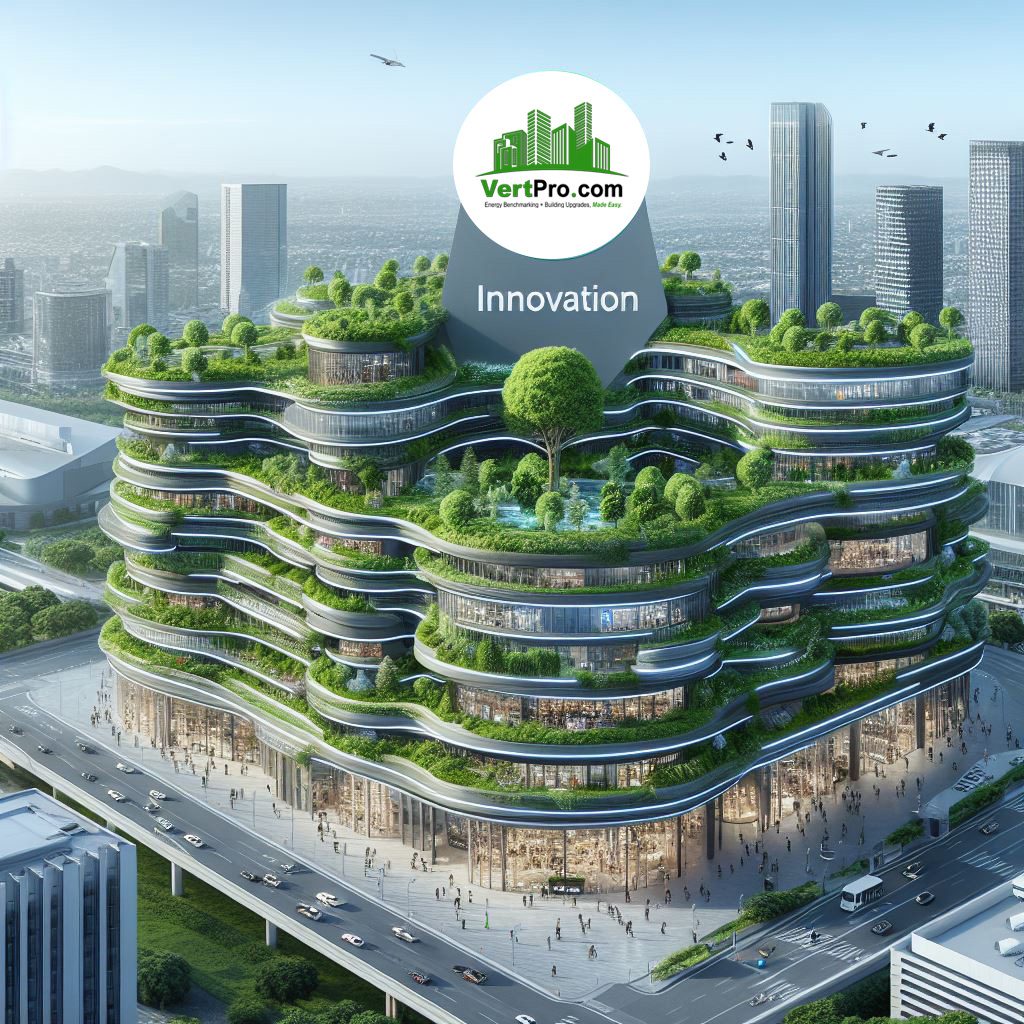In the realm of building management and upgrades, selecting a partner with comprehensive expertise and advanced solutions is essential. Vert Energy Group has established itself as a frontrunner in energy management, offering cutting-edge services tailored to enhance building efficiency and compliance. Here’s a detailed exploration of why Vert Energy Group is the optimal choice for your next building upgrade.
1. Extensive Experience and Trusted Expertise

Vert Energy Group’s platform, VertPro®, integrates seamlessly with Energy Star Portfolio to deliver swift and reliable energy benchmarking reports. This technology is designed to help building owners and property managers meet stringent energy efficiency ordinance requirements across more than 50 cities — a critical service as regulations become increasingly rigorous.
The platform’s broad acceptance and implementation across the U.S. highlight its effectiveness in simplifying complex compliance requirements. This nationwide applicability ensures that no matter where your properties are located, Vert Energy Group can provide you with expert guidance and compliance solutions that are always up-to-date with the latest laws, such as [AB 802] and the Los Angeles EBEWE Ordinance.
2. Comprehensive and Convenient Services
Vert Energy Group offers a holistic suite of services that covers all aspects of energy compliance and efficiency upgrades. The VertPro® platform is particularly beneficial for property managers overseeing multiple properties, as it centralizes the management of energy benchmarks, audits, and construction projects in one intuitive interface. This consolidation significantly reduces the administrative burden and streamlines the process of maintaining and upgrading building systems.
Moreover, the platform not only facilitates compliance but also assists in project management. It connects property managers with a vetted network of contractors, making it easier to obtain multiple bids and manage construction projects efficiently. This feature is particularly advantageous, as detailed in resources like the U.S. Department of Energy’s guidelines on project management for energy upgrades.
3. Tailored Solutions for Diverse Needs
Understanding that each building is unique, Vert Energy Group excels in providing customized solutions tailored to the specific needs and challenges of each property. This customization extends from the types of audits conducted to the specific retrofitting projects recommended. Whether your property requires a simple energy benchmarking report or comprehensive retrofitting, Vert Energy Group’s approach ensures that solutions are not only compliant with existing laws but are also optimized for cost and energy savings.
The effectiveness of customized solutions is evident in how they cater to both the physical attributes of the building and the specific regulatory requirements applicable to the location. This approach ensures that each solution not only improves energy efficiency but also enhances the overall value and sustainability of the property. For more on the importance of tailored energy solutions, the Building Owners and Managers Association International offers extensive insights.
4. Proven Track Record of Success
The reliability and effectiveness of Vert Energy Group are underscored by its widespread adoption, trusted by over 8,000 companies globally. This extensive client base is a testament to the platform’s ability to handle diverse and complex requirements with precision and professionalism.
Client testimonials further highlight the satisfaction and trust that users have in Vert Energy Group. The positive feedback focuses on the ease of use of the VertPro® platform, the expert support provided by the team, and the tangible improvements in energy management and compliance. Such endorsements underline the practical benefits and real-world efficiency gains achieved through Vert Energy Group’s services. To understand the impact of customer testimonials on business credibility, consider the insights provided by Harvard Business Review.
5. Dedication to Sustainability and Future-Proofing Properties

Partnering with Vert Energy Group means more than just meeting current standards. It’s about future-proofing your properties against upcoming changes in energy regulations and sustainability criteria. Vert Energy Group’s commitment to sustainability ensures that your building upgrades contribute to broader environmental goals, such as reducing carbon footprints and enhancing energy conservation.
This forward-thinking approach not only helps in maintaining compliance but also in advancing the sustainability credentials of your properties, which can be crucial for attracting eco-conscious tenants and customers. The long-term benefits of sustainable building practices, as discussed in resources like the Global Alliance for Buildings and Construction, highlight the importance of integrating future-oriented energy management solutions.
6. Conclusion
Choosing Vert Energy Group for your building upgrades ensures that you are partnering with a leader in energy efficiency and compliance solutions. With their comprehensive, tailored, and proven services, backed by a strong commitment to sustainability, Vert Energy Group stands out as the ideal choice for property managers and owners aiming to enhance their buildings’ efficiency and compliance.
VertPro.com serves as a resourceful platform for property owners and managers seeking to enhance their buildings’ energy efficiency. The site offers a range of services, including Commercial Energy Audits, Benchmark Compliance consultancy, and a Construction Marketplace. At the heart of VertPro® is a suite of SaaS technology-based solutions designed to assist in navigating the complexities of Energy Benchmarking and Energy Audits/RCx Plus, while ensuring adherence to over 60 Energy Benchmarking and Energy Efficiency Laws across the country.
For those looking to improve their property’s energy usage and operational value, VertPro.com provides a diverse array of tools and information. The site aims to facilitate a better understanding of energy efficiency practices and legislation, helping building owners and property managers make informed decisions about their energy strategies while complying with all energy ordinances and laws.















